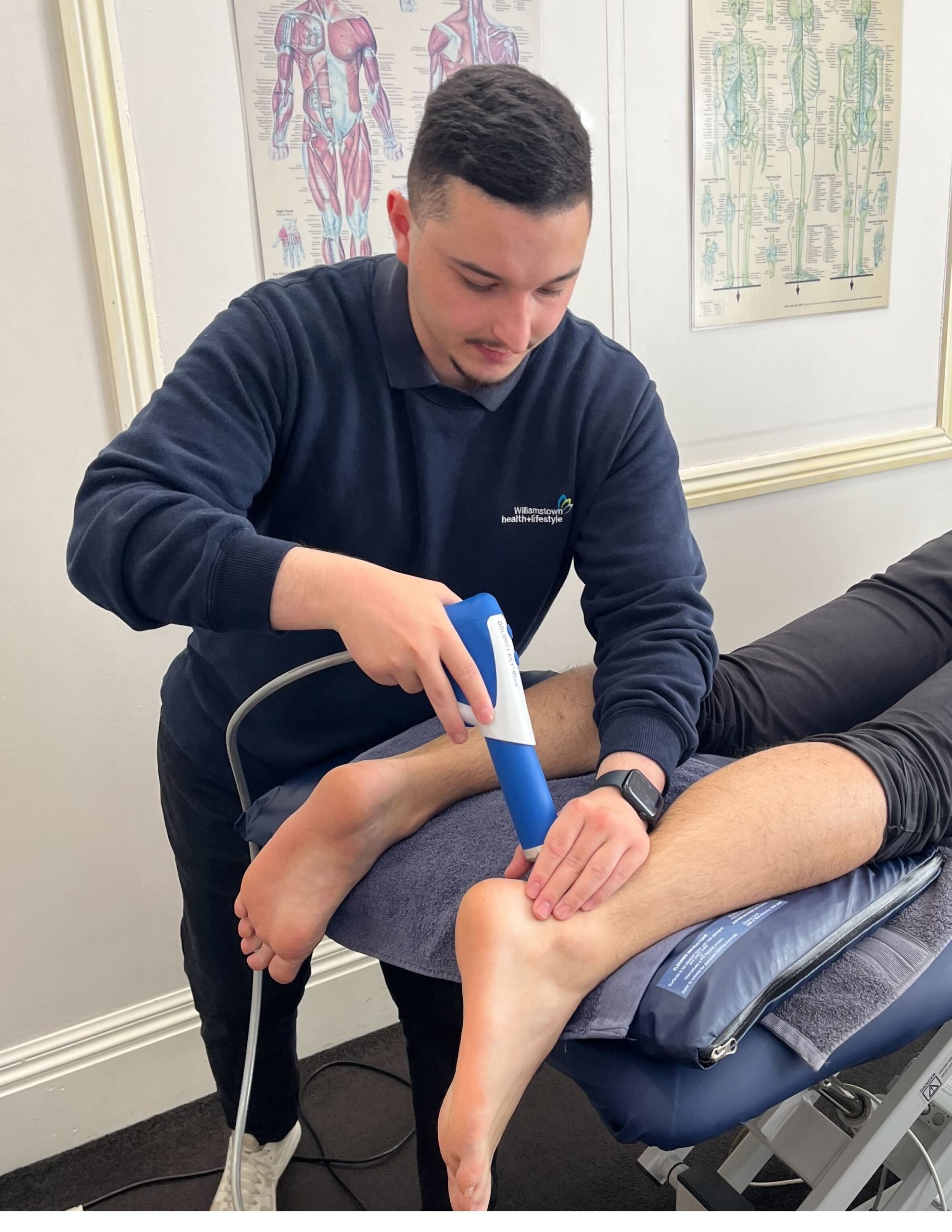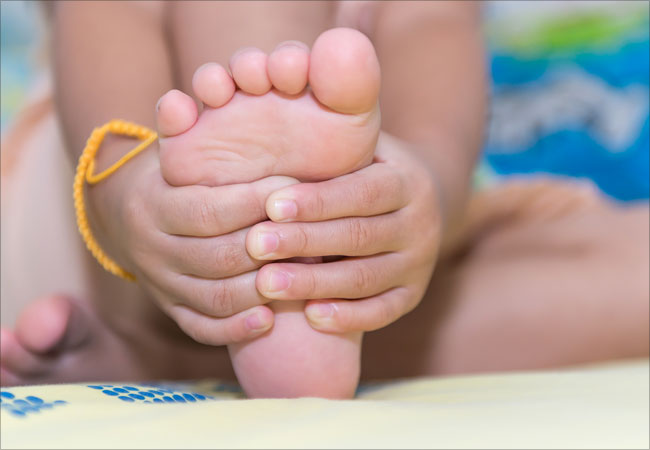Achilles Tendinopathy: Signs, Symptoms & Management
Have you been noticing pesky pain in your Achilles after training and in the mornings? Maybe you just ran in the Melbourne Marathon and have noticed some niggles.
Although it may seem odd to that you experience pain outside of training rather than during, it is more common than you think. The achilles tendon which attaches the calf muscle to the heel is the strongest and largest tendon in the human body. So, it’s no surprise that approximately 50% of distance runners encounter tendinopathy issues during training and competition.
What is this called?
Achilles Tendinopathy (AT) is an overuse and chronic stress injury that results in microtraumas in the Achilles tendon resulting in an inflammation of the tendon sheath (supportive lining surrounding tendons) or possible degeneration if left untreated for long enough.
What are the signs and symptoms of Achilles Tendinopathy
Changes or more importantly increase in training load is the most prominent risk factor for AT as the changes in load and microtraumas result in changes to the tendon and subsequent inflammation response as mentioned. Signs include morning pain, post-training soreness, localised pain, minimal swelling, and biomechanical issues in your running gait.
How do I confirm I have it?
The team at Williamstown Health and Lifestyle has vast experience in assessing and diagnosing possible Achilles Tendinopathy.
The primary focus will be early diagnosis of AT but also looking at ways to manage and prevent reoccurrences. During the assessment, the team at Williamstown Health and Lifestyle will diligently identify potential risk factors or underlying contributors such as muscle strength imbalance, reduced joint/muscle mobility or issues with running mechanics.
Based on these findings we can work to manage pain, retrain the movement patterns and strengthen the kinetic chain to best reduce the risk of aggravation of the injury. By looking at the pain holistically, it provides the best chance of symptom relief and reduces the chance of possible flare ups.
How do I manage Achilles Tendinopathy?
The team at Williamstown Health and Lifestyle will use evidence-based practice to help manage your pain and improve your function:
Exercises- loading of the calf complex:
A graded exercise approach is vital with the focus on three stages; isometrics, heavy isotonics and energy storage and release. This approach has been scientifically proven to be the gold standard in terms of AT management with each stage appropriately loading the tendon for different purpose (Demengeot et al, 2023).
- Isometrics- for pain relief and reducing stiffness
- Isotonics: increasing load and stretch tolerance
- Energy storage and release: mimics sport/running load
Safely loading the tendon requires professional guidance from a qualified Physio or Osteo to ensure an effective and timely approach.
Exercise: kinetic chain
Other management modalities include strengthening not only the calves, but also your glutes, quads and adductors who have been shown to be a major risk factor in the development of AT. Weakness in the aforementioned muscle groups have shown to alter the mechanics of running which increases the load on the Achilles tendon and increases the risk of AT.
Load Management:
Effective load management is crucial; neglecting it can worsen Achilles tendon issues by causing disrepair and increased breakdown. Subsequently, this leads to greater levels of pain and significantly reduced levels of function.
- Jumping if immediately painful or severe pain afterwards, are to be avoided in the first 2 weeks of treatment. This is to allow the treatment to take effect without continually inflaming the area.
- Mild soreness during running, which eases within 24 hours, can be reduced by 50% within the first two weeks. This may mean stopping halfway through training or limiting running around before or after school.
- Can be continued as these do not cause pain and mean your child can still stay active. This may include cycling or swimming.
Shockwave Therapy:
Recent studies have shown favourable outcomes for the use of Shockwave Therapy for the management of Achilles Tendinopathy. Evidence suggests that Shockwave Therapy can help reduce pain and improve overall function for people with midportion Achilles tendinopathy when combined with an effective strength program. It is a safe and effective option for those who would like to avoid injection or surgical management (Feeney, 2022).
Additional management:
Exercise and load management, when combined with gait/running retraining, use of heel lifts and effective shoe rocker (Zainuddine et al, 2022), provides the most holistic approach in AT management.
The team at Williamstown Health and Lifestyle are here to help you with all your injuries. We utilise shockwave and laser therapy alongside manual therapy and exercise prescription to help you manage any issue you might be facing and get you back to doing the things you love. Please don’t hesitate to contact us on (03) 9397 8877 or book online here!




